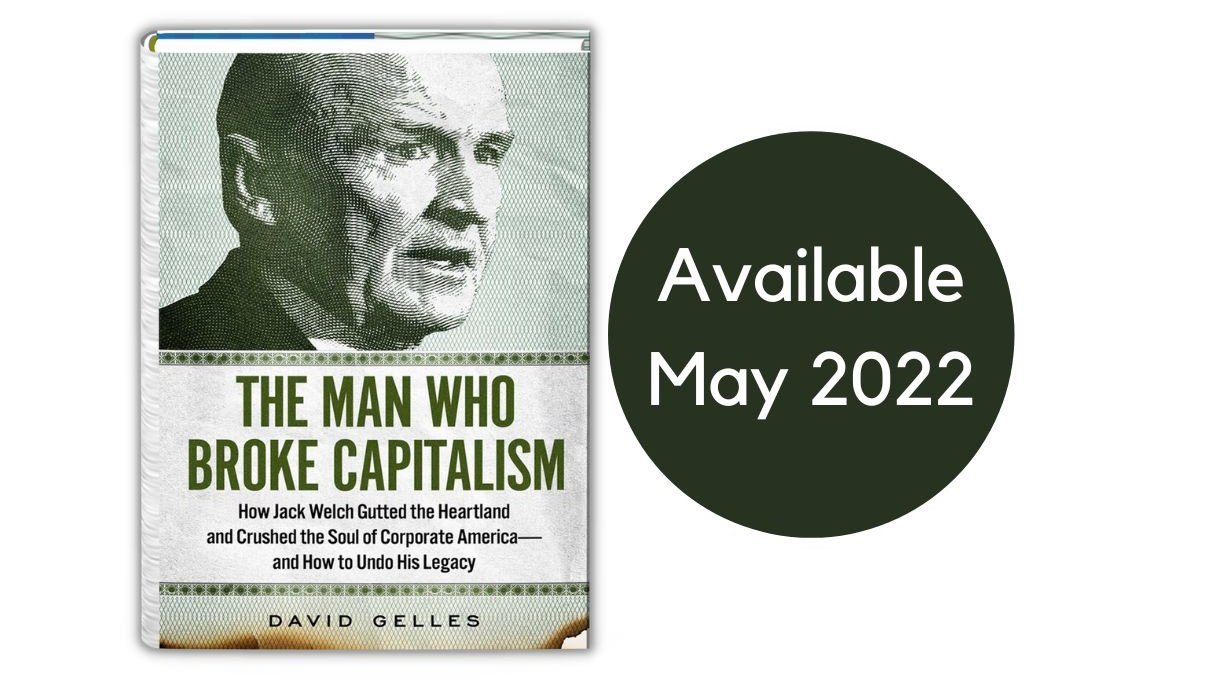How the Russia-Ukraine War and China's Supply Chain Will Make Food the Most Expensive Commodity Ever https://t.co/mW8i57TdRH via @medrivalife
— Paramendra Kumar Bhagat (@paramendra) May 18, 2022
I recently re-read a blog I wrote two years ago. Given the current economic climate, this advice is likely to be most useful to entrepreneurs right now.
— Gurbaksh Singh Chahal (@gchahal) May 3, 2022
Don’t try to be a unicorn. Be a horse. Horses win races.https://t.co/fmdar6OKXp
How the Russia-Ukraine War and China’s Supply Chain Will Make Food the Most Expensive Commodity Ever
How China’s Lockdown Will Cause Ripple Effects in the World’s Global Supply Chain China’s “zero-Covid” policy, which aims to eliminate Covid spread during an outbreak. However, as it faces its most difficult challenge yet, this policy is struggling to understand its future. Depression and rage are looming among citizens who are unable to access medical care and food as a result of the unplanned lockdowns......... To avoid falling into the Keynesian liquidity trap, China has implemented a supportive fiscal policy by increasing infrastructure spending. ......... China’s pedantic approach to curb COVID has resulted in jammed ports and highways, deserted workers, and numerous closed factories. These disruptions are rippling throughout the global supply chain, affecting everything from iPhones to automobiles. ......... Supply chains operate in a systematic manner, the decision is simple. You can continue to make the main parts, but if your suppliers who make the small parts stop showing up to work, you won’t be able to make the main parts for much longer. So what do you do? ........ a domestic transport that used to cost 7000 yuan ($1,064 USD) now costs 30,000 yuan ($4,561 USD) to deliver. ......... China alone accounts for 30% of global port backlogs, and the current situation indicates that things are about to get even worse. ....... Shanghai’s port is the largest in the world ...... In an increasingly global world, the problems of China are problems of the world. ............ After Russia, China has the worst-performing stock market, with mid-cap and large-cap stocks falling by around 20%. ......... the increased global reliance on China since the beginning of the first pandemic, as evidenced by a 15.4% increase in Chinese exports since 2021. ........ as the leading manufacturer of solar modules, rare earth, ships, PCs, mobile phones, and containers, China has infiltrated virtually every economic aspect of a country, causing the entire world to revolve and be dependent on China. ....... Previously, China was only a final assembly point, but it now manufactures everything from electronics to components such as IC chips and LCD screens. ....... China emerged as a major player in the auto industry, particularly in the EV supply chain, accounting for 74% of global EV battery production. ........... Russia is a major exporter of wheat, aluminum, coal, natural gas, and oil. Ukraine, on the other hand, exports primarily oilseeds and wheat. The outbreak of war means that supply chains, which had been on the mend after nearly two years of lockdown, will be disrupted. Inflation has resulted from this disruption, particularly in food and energy prices. ............


